Understanding the Basics of Lighting
Lighting design is a crucial component in any building project. Lighting systems are unique as they involve subjective and artistic factors, ensuring that basic lighting is provided while creating an immersive atmosphere for the building environment. However, achieving the best results requires a detailed lighting calculation rather than relying on empirical rules. In this article, Canco will introduce commonly used terms related to lighting systems to facilitate effective communication and understanding.
1. Lumen: the basic unit of luminous flux
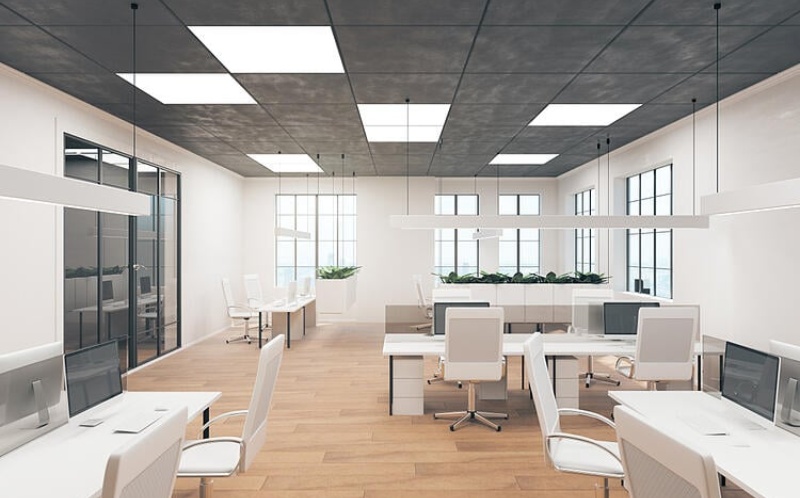
The light output of a lamp is measured in lumens (lm). While people often use watts (W) to describe the brightness of a light, this is an incorrect approach that can lead to confusion.
- Several decades ago, when most light bulbs were incandescent, it was possible to describe brightness in terms of watts, as there was a direct relationship between the lumens produced and the watts consumed.
- However, using watts to compare different types of lamps can be confusing. The efficiency of converting watts to lumens depends on the lighting technology.
- For example, a 60W incandescent bulb, a 15W compact fluorescent lamp, and a 9W LED bulb may have roughly the same lumen output.
One common misconception about LED lighting is that it may be less bright and less suitable for use in rooms because of its low power consumption. This is a result of people being accustomed to using watts to describe brightness when lumens are the more appropriate unit of measurement.
Lumens are useful in describing the output of a light source. However, when it comes to the lighting required for a particular area, we often use a different unit of measurement. For example, 10,000 lm may be sufficient for a small office, but their effect in a large warehouse would be less noticeable. Therefore, the concept of illuminance is used to describe the lighting required in a building environment.
2. Illuminance: lumens per unit area
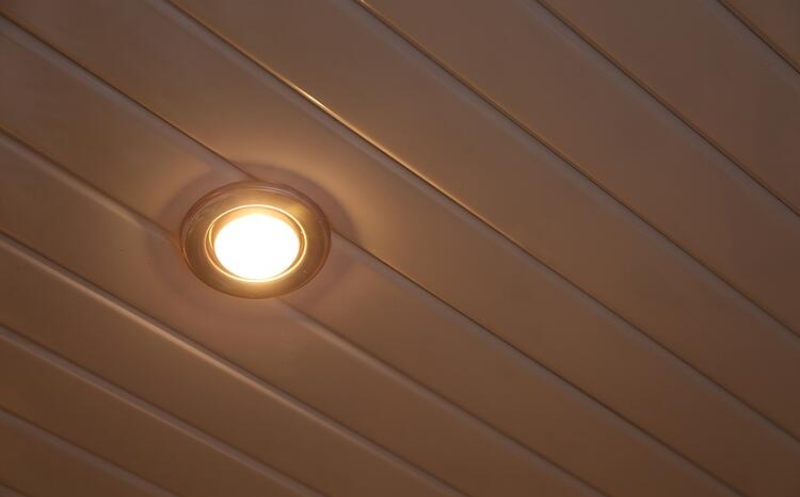
Illuminance is used to express the lighting required for a given space and is measured in lux (lx) or foot candles (FC). Since illuminance is specified per unit area, the size of the room is not important. An illumination 50 fc makes the same sense for a 500-square-foot and a 2500-square-foot office. The difference is that larger offices require more fixtures to achieve 50 fc.
In practical lighting design, there may be some variations in illuminance due to differences in the spacing of the fixtures and the shape of their light beams. However, slight variations are acceptable as long as certain areas are not too dark or too bright. Illuminance not only depends on the lighting distribution but also the room characteristics such as ceiling height and surface color. Manual lighting calculations can be complicated, but modern design processes can automate these procedures with software.
3. Luminosity: what is the beam shape of lighting fixtures look like?
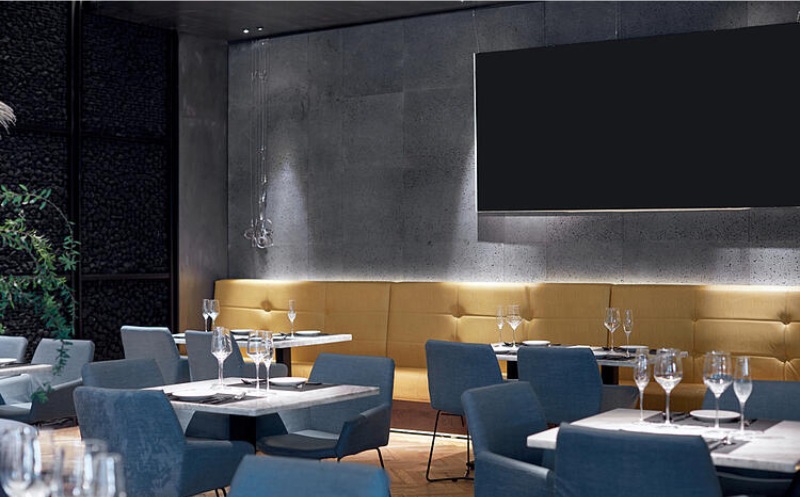
The beam shape is another important aspect that lighting designers consider. For example, spotlights focus their output into a narrow downward beam, while troffers distribute their output to the largest possible area to achieve uniform illumination.
- Don’t assume that just because the shape of the base of two bulbs is the same, both bulbs can be used in the same application.
- Even if the total lumen output is correct, a lamp with the wrong beam shape can just as easily cause uneven illumination.
The beam shape of light is three-dimensional and can be simulated using lighting design software. Since it is difficult to perfectly represent a 3D beam effect on a lighting plan, it is generally represented using a 2D beam. However, through product modeling in software, we can also simulate a 3D full beam.
4. Relevant color temperature and color rendering index
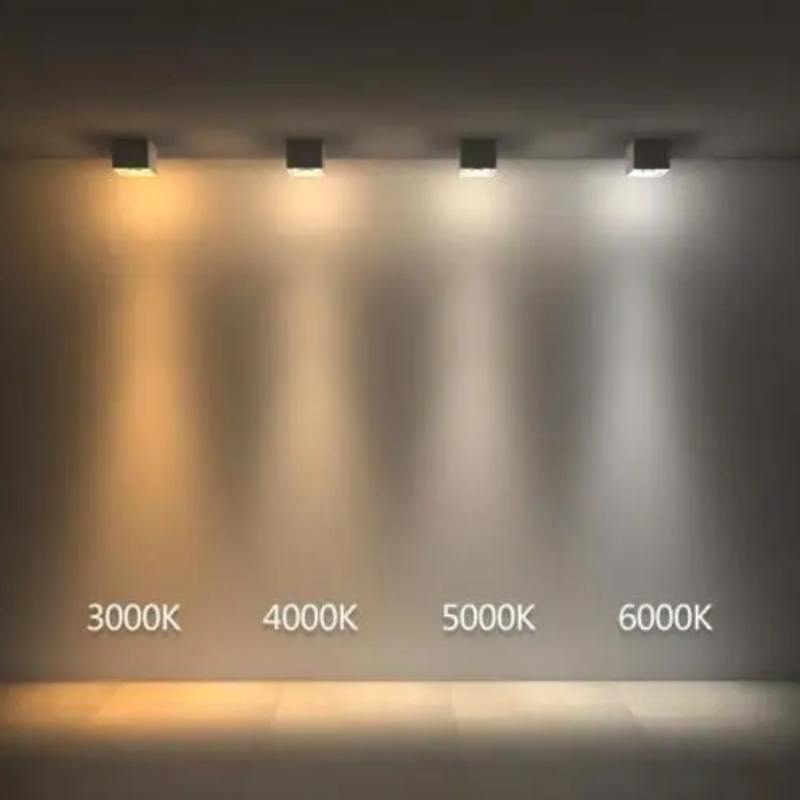
Generally, we use two metrics to describe the color performance of lighting. One of the indicators is for the description of the light source itself, and the other is for the description of the effect of the light source on the object.
- Correlated Color Temperature (CCT) describes the color of the light source itself. Each CCT has different applications, and none of them can be considered the “best” color.
- Color Rendering Index (CRI) describes how faithfully the light source renders the color of objects and surfaces. The maximum CRI is 100, which describes a light source that matches the quality of sunlight – the higher the CRI, the better the light source will render colors in any application scenario.
The following principles apply to most lighting designs and can be referred to:
- Low color temperatures, such as 2700K, are generally considered “warm” and often have a relaxing effect. This color temperature is relatively more popular in areas such as home bedrooms, hotel rooms, and high-end restaurants. Warm colors are not suitable for commercial and industrial environments because the relaxing effect may be counterproductive in these environments.
- High color temperatures, such as 6500K, are considered “grim” and they tend to have a motivational effect and raise awareness. They are preferred in scenes where maximum visibility is required, such as high-precision manufacturing. Using cool colors in the home and apartment may delay sleep, and some people may also feel a bit stressed when they are exposed to cool color temperatures for long periods.
- A color temperature of around 4000K can be considered “neutral” and relatively balanced. Neutral white light, close to natural light, is an ideal lighting color for areas such as offices, classrooms, and kitchens where people need to concentrate for a long time.
Even if two lamps have the same color temperature (CCT), their lighting quality may differ due to the difference in the color rendering index (CRI) of the light source. I have mentioned the concept of CRI in a previous article, for those who need to know more, you can take a look at “What is CRI and How to Choose the Right CRI for Your Lighting Needs?“
In general, light sources can be divided into artificial light sources and natural light sources. In most cases, we are concerned with the color quality of artificial lighting forms, such as LED and fluorescent lamps. Introducing the color rendering index (CRI) is to compare with sunlight or natural light sources and see how well the light source can restore the color of objects. A CRI of 100 means that the light source is as good as sunlight.
The reason why light sources with high CRI can better restore the color of objects is that they have a more complete spectrum. If the spectrum composition of our LED lamp is different from natural light, the effect of the object will be discounted. Canco Lighting provides the option of a color rendering index of 80/90 for LED circular lighting fixtures, and you can choose the best lighting color according to your personal preference to meet different lighting needs.
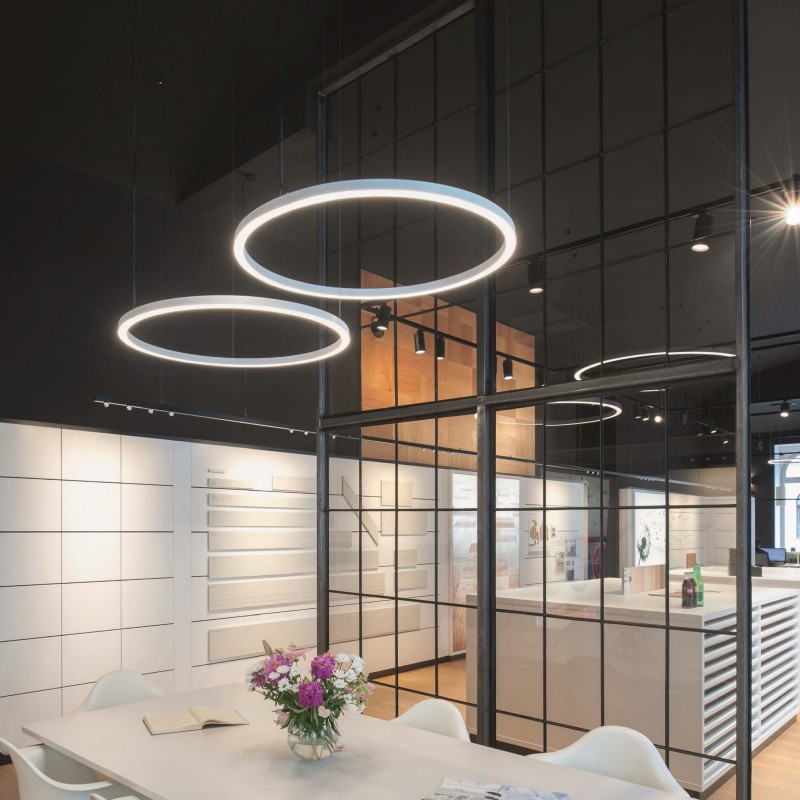
In most cases, LED upgrades can reduce lighting costs by 30-90%, depending on the type of bulb being replaced. Simply replacing existing lights with the most efficient LEDs may be tempting, but lighting design should not be overlooked. If you have any needs, CANCO LIGHTING can help you choose the best product for your needs although we are not a large company, we are much better quality than many of the larger companies and one of the key advantages is that the lighting is superior to most general lighting companies.
